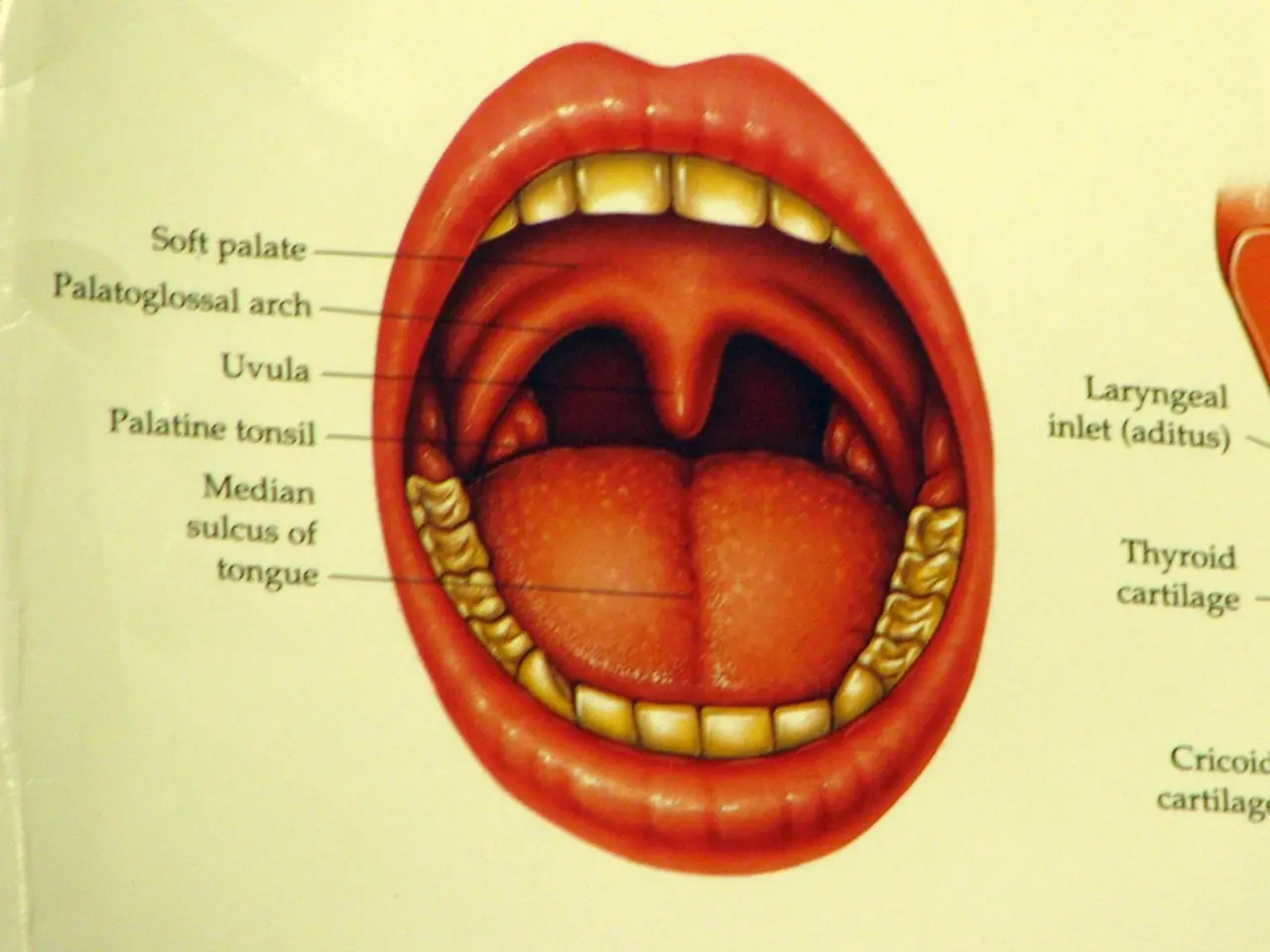Avoid Using Lip Balms for Chapped Lip Treatment
**Canned Salmon and Tuna: Rich Sources of Omega-3 Fatty Acids**
In the realm of nutrient-dense foods, canned salmon and tuna stand out as excellent sources of Omega-3 fatty acids. These essential fats are crucial for maintaining heart health, brain function, and vision, particularly in children.
Canned sockeye salmon, in particular, is renowned for its high Omega-3 content. A 2-ounce serving of MSC canned sockeye salmon provides approximately 800 mg of Omega-3s[3]. On the other hand, canned tuna also contains Omega-3 fatty acids, including EPA and DHA, albeit in slightly lower amounts compared to canned salmon.
The canning process preserves the heart-healthy Omega-3 fats well in both salmon and tuna[4]. This makes them not only a nutritious choice for their protein and other nutrients but also a convenient one, as they are readily available in supermarkets.
While the National Library of Medicine provides a list of signs for emergency medical attention, it's essential to remember that seeking emergency medical attention for serious medical symptoms is advised[1]. In such situations, calling 911 is an option.
On a different note, Joint Rehab Center offers a recipe for quick relief from hip and knee pain according to doctors[2]. However, the Mayo Clinic does not provide specific information regarding this in the provided text.
In addition, arthritis patients are advised to avoid a specific food, but the identity of the food remains unknown[1]. It's always best to consult with a healthcare professional for personalised dietary advice.
Lastly, while eating liver is a topic of interest, the health effects are not discussed in the provided text[1]. It's important to note that dietary advice should always be based on reliable sources and tailored to individual needs.
Canned salmon and tuna, rich in Omega-3 fatty acids, are not only a nutritious choice for heart health but also a contribution to overall wellness, including brain function and vision. Additionally, incorporating a regimen of fitness-and-exercise, nutrition, and health-and-wellness practices can further support overall well-being.




